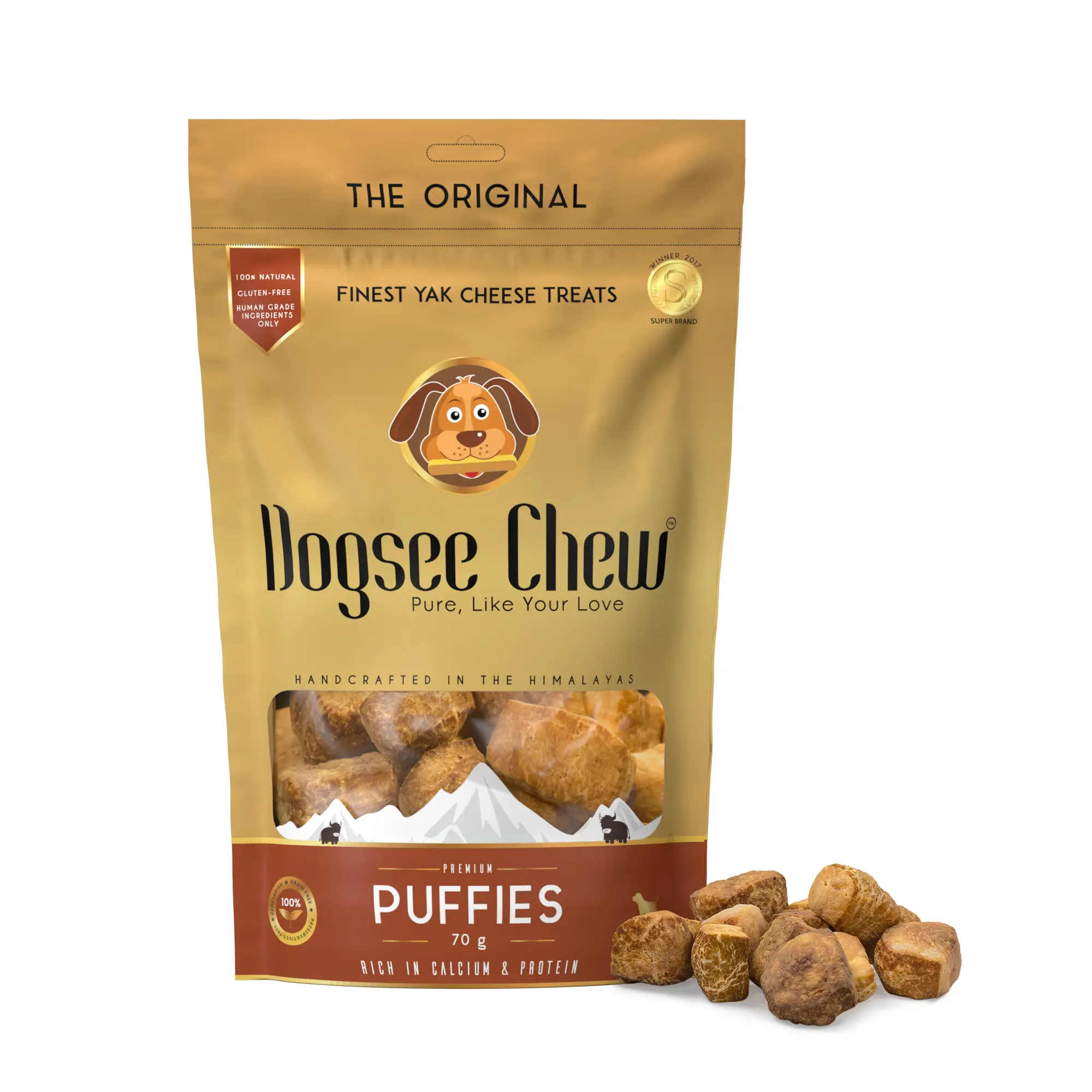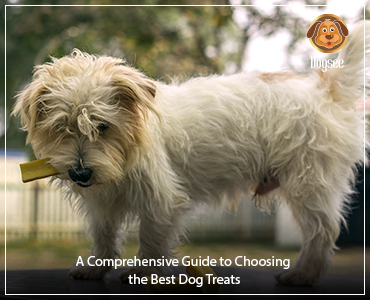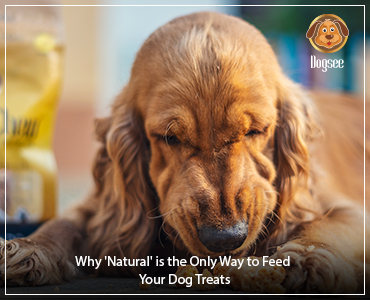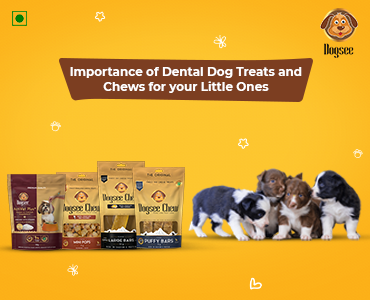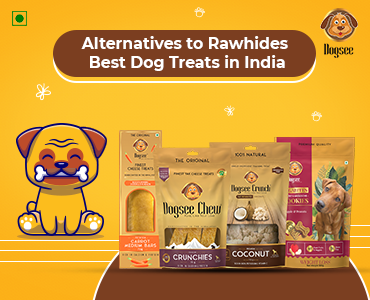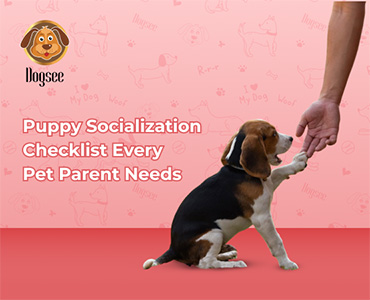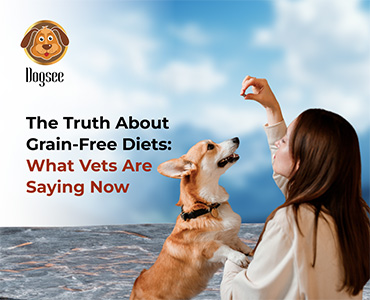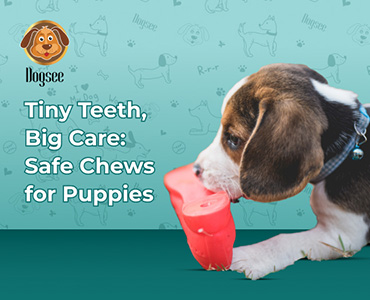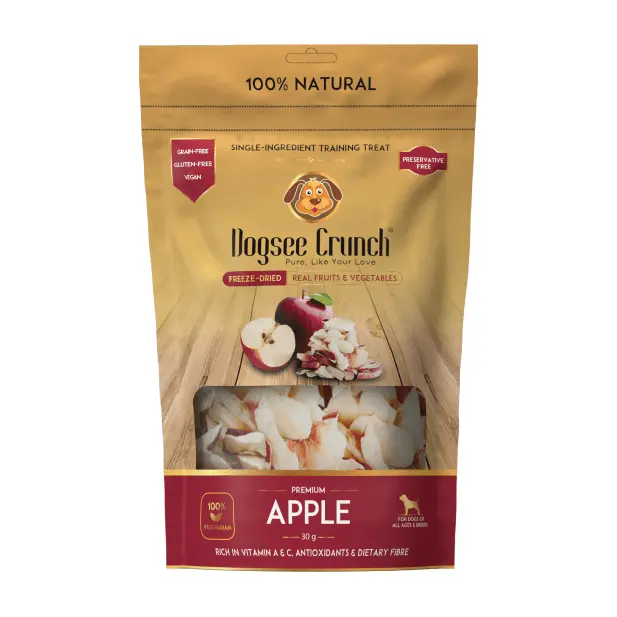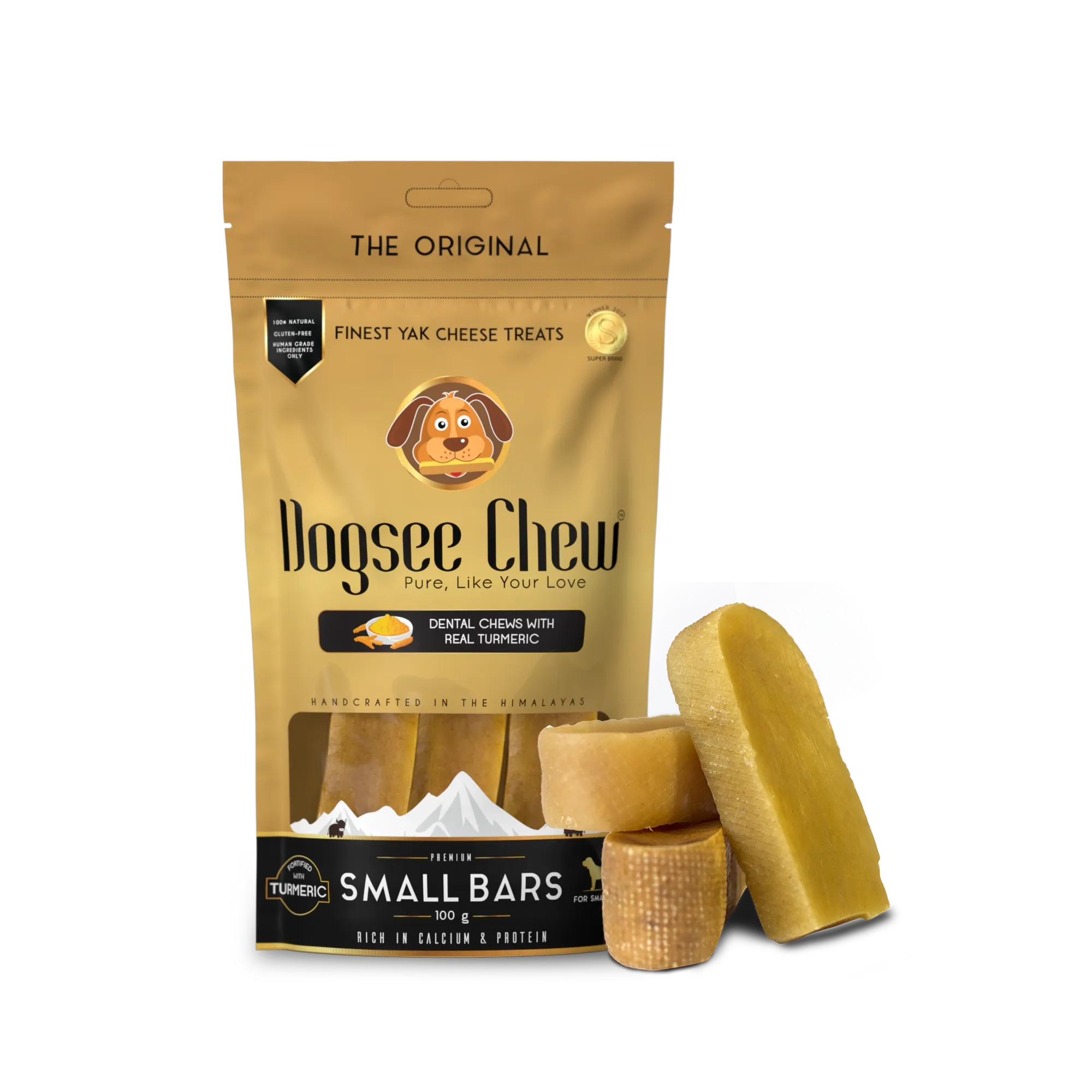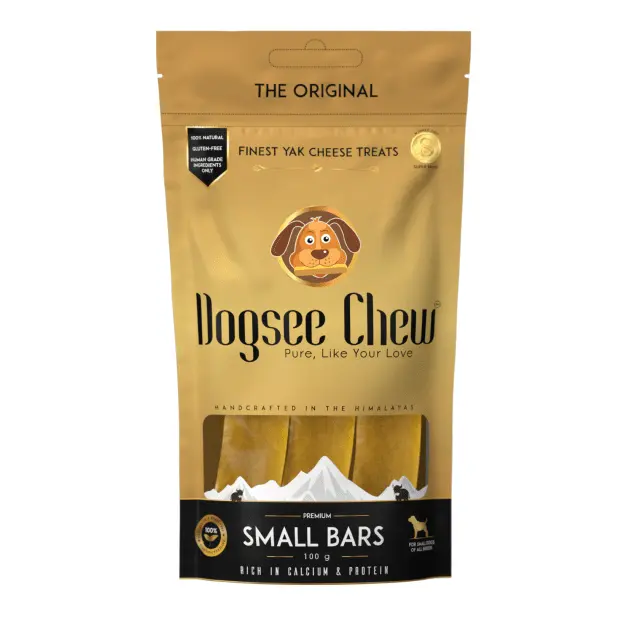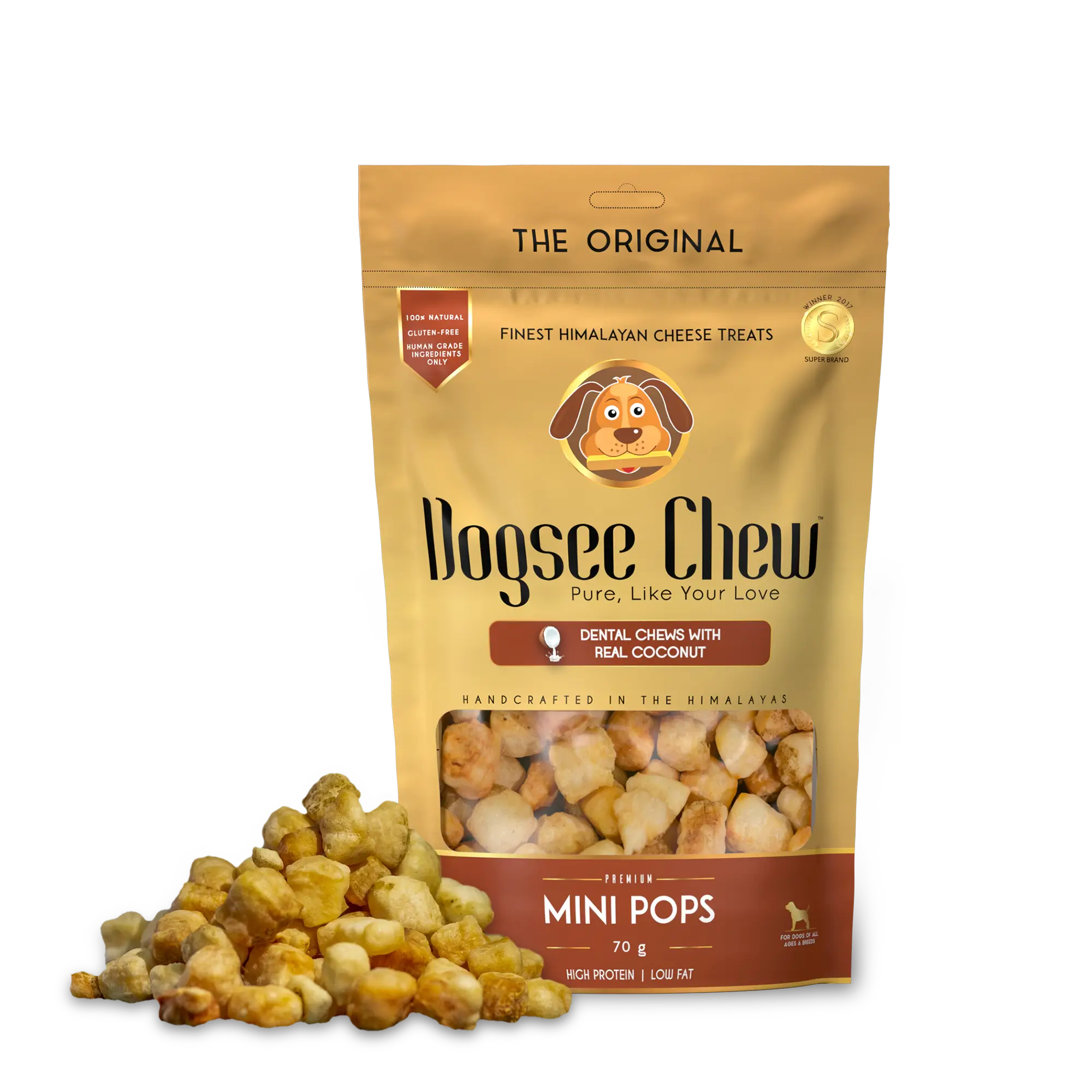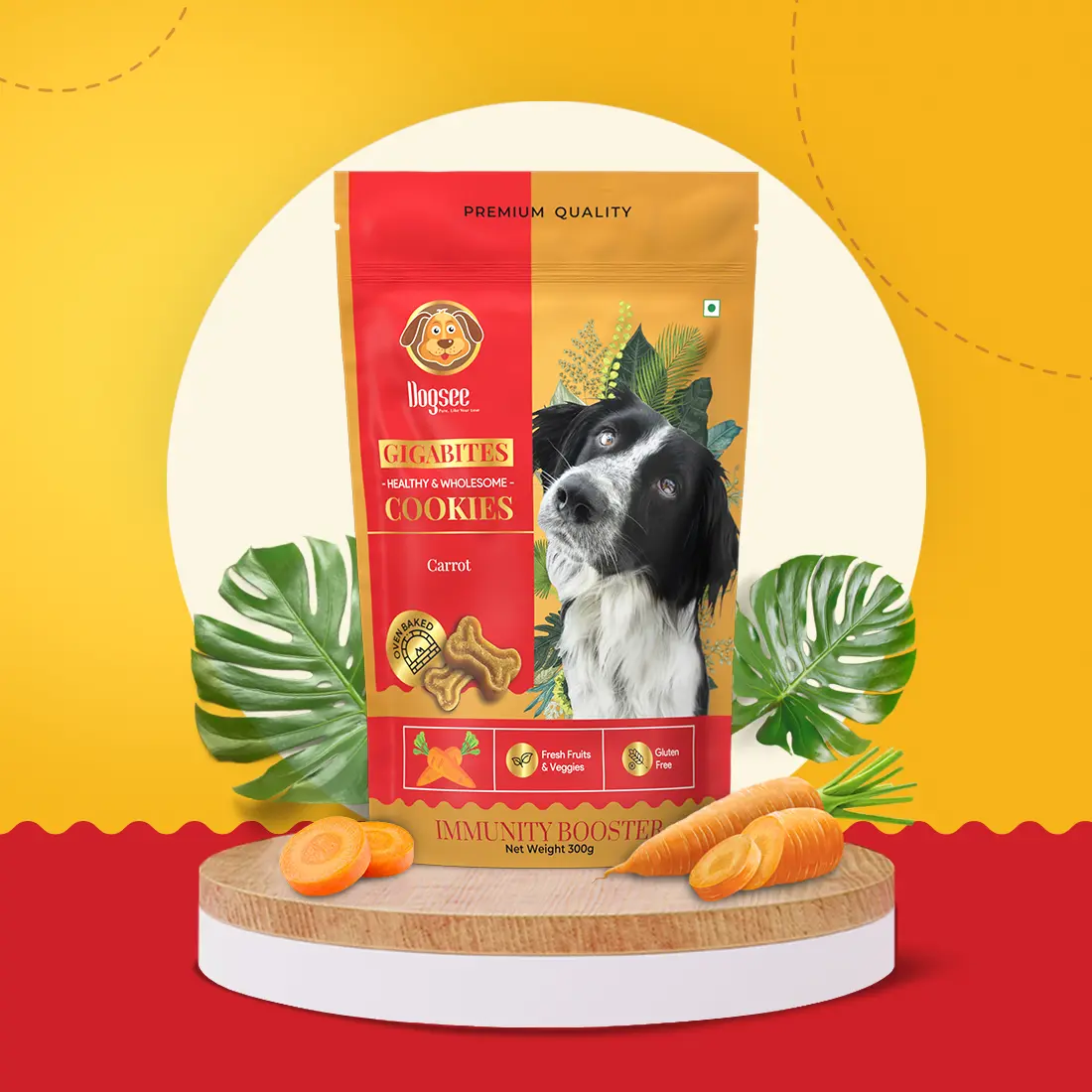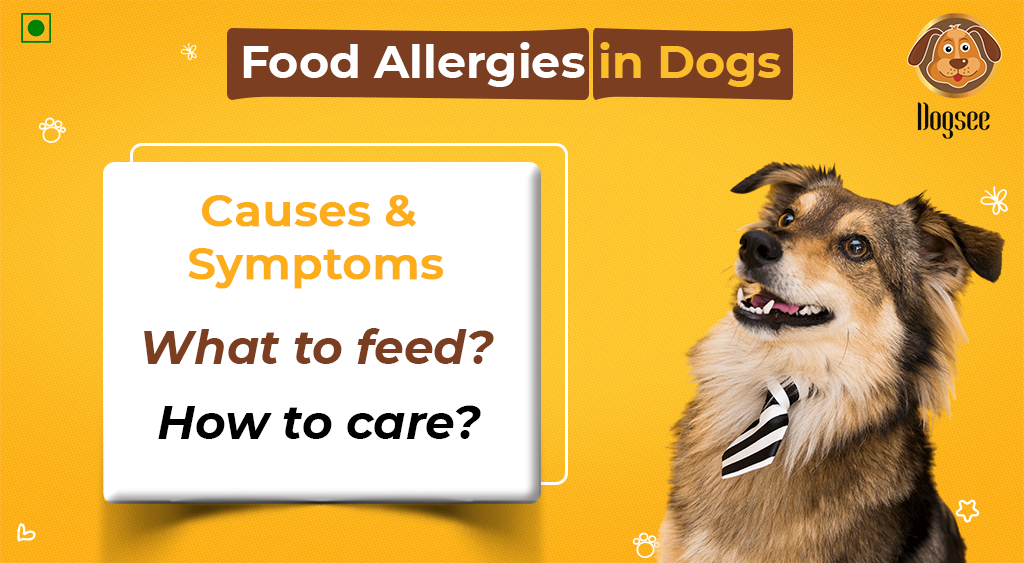
Dogs, like humans, can develop food allergies. Similarly to humans, allergic reactions can range from itchy and irritating skin to severe and dangerous gut issues. Food allergies in dogs can develop at any age. Even if your dog has been eating the same food for months or years, they can develop an allergy towards that food.
One type of allergy that is most commonly seen in dogs is skin allergies. The most common type of skin allergies on dogs, also known as allergic dermatitis are caused by three main factors:
Dermatitis due to flea allergy
Allergies to foods
Allergens in the environment
An allergic reaction to fleabites causes flea allergy dermatitis. Flea saliva causes allergies in some dogs. This causes extreme itching in affected dogs, particularly at the base of the tail, and their skin to become red, inflamed, and scabbed. You may also notice flea signs such as flea dirt or even see fleas themselves.
Food allergies are caused by a dog's immune system when you give them treats that have harmful ingredients, making it important to buy healthy dog treats from Dogsee. That is normally what fights germs and other potential pathogens. When a dog has a food allergy, their immune system misidentifies the food as harmful and launches an attack. This results in a reaction. True food allergies may be less common than people believe. True food allergies cause an immune response, which can manifest as skin conditions, gastrointestinal symptoms, or a combination of the two. A severe reaction resulting in anaphylaxis can occur in rare cases, similar to severe peanut allergies in humans.
Let’s answer some common questions that dog parents usually have:
But what about all the dogs who require hypoallergenic dog food diets?
Most people mean that their dog has a food sensitivity, also known as a food intolerance, when they say that their dog has a food allergy. Food sensitivities are not an immune response, but rather a gradual reaction to an offending ingredient in your dog's food, such as beef, chicken, eggs, corn, or wheat. Try giving your doggo allergy free dog treats they may surely love it.
What are some food allergy treatments at home?
The dietary elimination trial is currently the best method for diagnosing food allergies. This entails giving your pet a diet purchased from a veterinarian or carefully prepared at home that contains only a few ingredients (typically one protein and one carbohydrate plus necessary fats, vitamins, and minerals) that your pet has never been fed before or that has been hydrolyzed (where proteins are broken down into very small pieces that can hide from the immune system) or purified to remove the parts that are likely to cause allergies. You can also give natural dog treats that work best for dog food allergies. It has to be the only food that your dog consumes for a month. If your pet's symptoms significantly improve during the trial, he or she must return to the old diet to confirm a food allergy. A rapid relapse suggests an allergy to an ingredient in the previous diet. You then return to the test diet until things improve before experimenting with one ingredient from the old diet at a time until you identify the specific foods that cause the problem.
Many people who try this dog food allergy treatment change their diets and their pets' symptoms improve, but they never re-challenge, so we don't know if it was coincidence or the diet that helped the pet! When the seasons change, we frequently see pet owners mistakenly believe that the improvement in their pet's allergies is due to a change in diet, when it is actually due to a reduction in seasonal allergens, such as certain pollen.
What foods are the most commonly associated with allergies in pets?
Chicken, beef, dairy, and egg are the most commonly reported food allergies in dogs and cats (and fish for cats). There is nothing particularly noteworthy about these ingredients other than the fact that they have been the most common ingredients in pet foods for several decades.
Dog care at home involves making sure your doggo receives fresh and Soft Dog Treats. Many pet owners are surprised to learn that grains are a rare cause of food allergies - most pets are allergic to animal proteins! Yes, a pet may be allergic to a specific grain or another plant-based ingredient such as potato or carrot, but this is less common than an allergy to an animal protein.
What are dog food allergy symptoms?
There are numerous signs of dog food allergy symptoms to be aware of, just as there are in humans. Food allergies in dogs can manifest as the following signs and symptoms:

Skin Itch
Itching is a common sign of a hidden food allergy. Food allergies cause pets to itch their ears, lick their paws, scratch the sides and armpits, and scoot their rear end on the ground. If your dog is frequently scooting their rear end, you should have your vet check their anal sacs because anal sac problems are frequently associated with food allergies. Make sure you give your dog natural dog treats that may not trigger their allergies.
Infections of the Skin
Infections of the skin and ears Itching-induced skin lesions are a common symptom, dog food allergy cases. It appears in up to 80% of canines. 1 The chronic inflammation caused by the food allergy, as well as the trauma to their skin caused by itching, can result in skin infections. Constant licking of the paws can also result in secondary skin infections and yeast infection overgrowth. Ear infections are also frequently associated with food allergies and, in some cases, are the only indication of an underlying food allergy.
Hives
If your dog consumes something to which they are allergic, hives may appear. Hives are red, raised patches that cause itching and irritation. They may be visible if your dog has shorter hair or if they are on his stomach. For dogs with longer hair, you may need to use a comb to part the fur and view them, or simply feel through the fur. Your dog will most likely bite and scratch at their hives, which can break the skin and cause further complications, so it's critical to solve this food allergy in dogs as soon as possible!
Gastrointestinal Problems
Food allergies can cause gastrointestinal problems in dogs in some cases. The most common symptoms are nausea, vomiting, diarrhoea, excessive gas, or an upset stomach. If your dog has chronic gastrointestinal problems, it could be due to an allergen in their food. Because many things can cause diarrhoea in dogs, it is critical to work with your veterinarian to identify the underlying cause, determine whether it is related to a food allergy, and find a long-term solution.
Do food allergies in dogs get triggered by treats?
Yes, your dog’s food allergies can be triggered by the treats they are given. Once you've determined what your dog is allergic to, it's critical to select treats that are similar to the new diet. Any new treat has the potential to cause your dog to react, so be methodical in your approach and monitor for a reaction before introducing any new variables into the mix.
What are some examples of natural dog treats?
Dogsee Puffed Bars: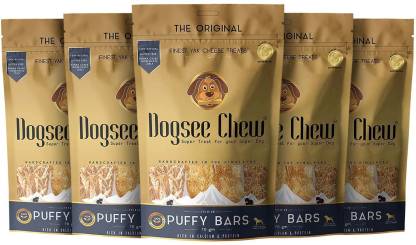
Dogs, young and old alike, enjoy receiving treats. Your hypoallergenic dog may now enjoy the goodies that have been perfectly puffed! Dogsee Puffy Bars may never trigger food allergies in your dog. These bars are smoked and sun-dried for over 35 days in the Himalayas using only natural ingredients to achieve the ideal smokey flavour and texture. These adult dog treats are low in fat and high in protein (60 percent). Because they are dental treats, they help to reduce plaque and tartar buildup. Yak milk also aids in the thickening and glossing of the animal's coat. You can thank your dog without feeling guilty with this treat.
Dogsee Puffies - Bite Size Training Treats:
Want the perfect dog care treats at home? Dogsee Chew's best dog treats can add interest and enjoyment to your child's training sessions. These Himalayan handcrafted, soft, cheesy dog treats are ideal for puppy training because they are smoked and sun-dried for over 35 days to achieve the perfect flavour and texture. These small snacks are easy to feed and have a delicious cheesy flavour that your pet will love. These treats are the best dog treats available in terms of nutrition because of their high levels of protein and calcium, which provide energy to the dog, and low levels of fat, which help control the dog's weight and are allergy free dog treats.
Dogsee Crunch Apple:
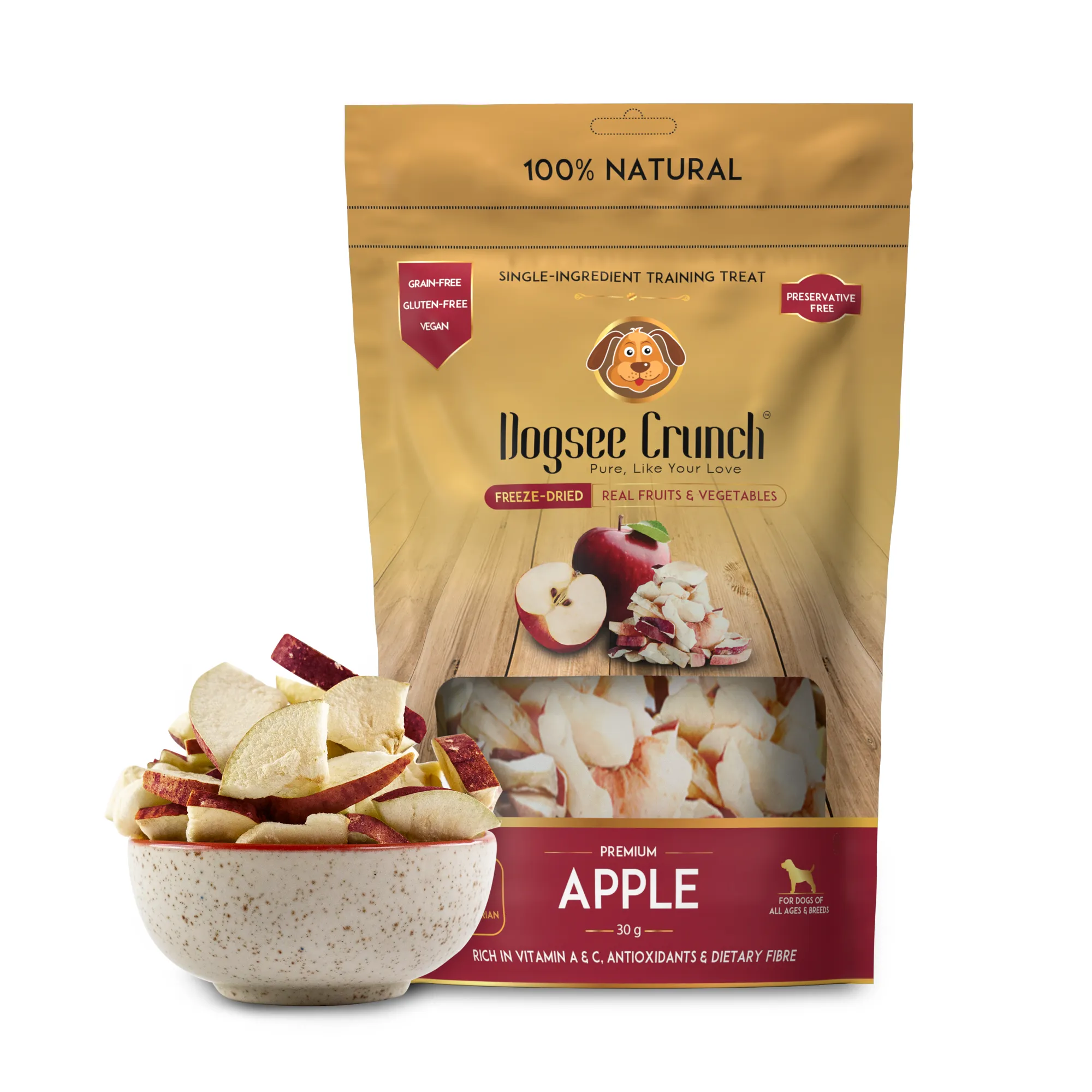
These healthy apple treats can help keep the vet away! Dogsee Crunch freeze-dried apple treats contain only one ingredient: apples! Freeze-drying apple slices helps retain nutrients like vitamin A and C, which contribute to your dog's shiny coat and healthy skin. Protein (2.1%), Dietary Fibre (12.7%), Fat (3.7%), Moisture (3.6%), and Ash (0.02%) make up these crunchy snacks. These treats are the ideal natural dog treat for hypoallergenic dogs of all ages & sizes.
Also read a similar kind of blog: Himalayan Dog Treats: A Healthy and Nutritious Option for Your Dog!
Keeping your dog happy
It can be upsetting to see your dog suffering from skin or ear infections and itching as a result of a food allergy and not knowing what to do. However, by paying attention to your dog's diet and consulting with a vet, you can be confident that you are doing everything possible to avoid flare-ups and keep your dog healthy and happy. A great way to make sure your dog is happy and healthy is by making sure they have natural dog treats.
Are you finding it difficult to choose which healthy dog treat to buy? We’ll make that decision easy for you! Check out Dogsee’s amazing range of yummy treats and cookies guaranteed to keep your doggo safe and happy! Still not convinced? Maybe once you see Coco Verma with amazing Dogsee Chew treats on our instagram it’ll be a little more clear!
 HELPFUL0 people found it helpful
HELPFUL0 people found it helpful
Related Blogs
Subscribe to Our Blogs
and never miss on the latest update!








